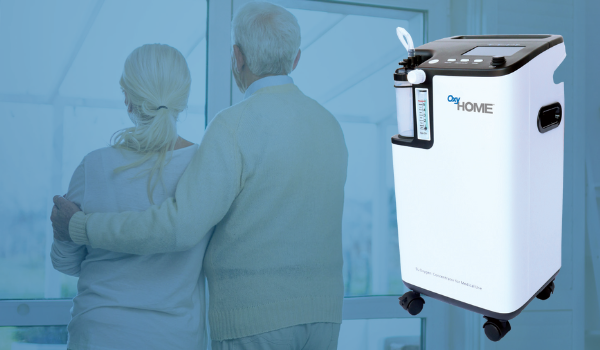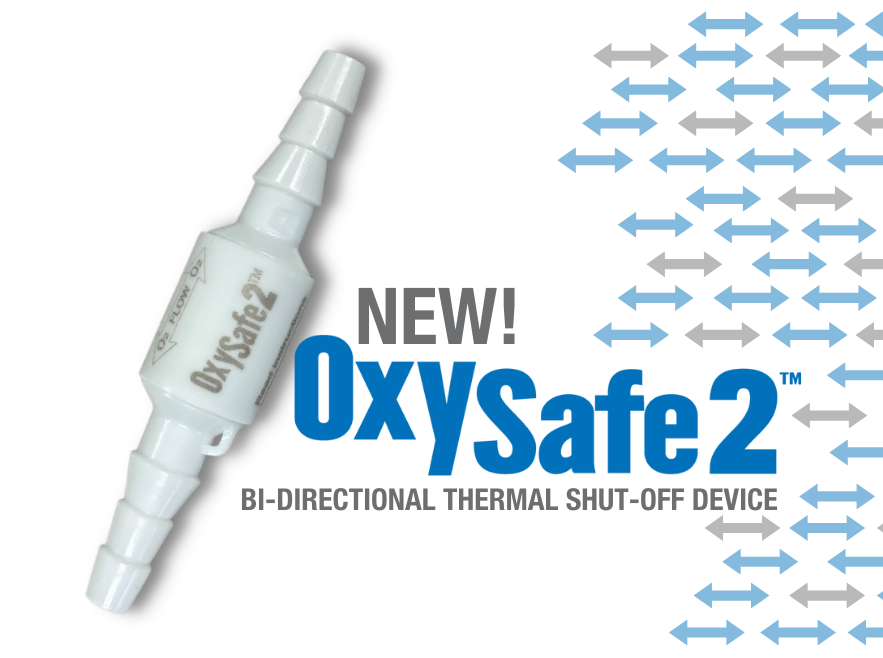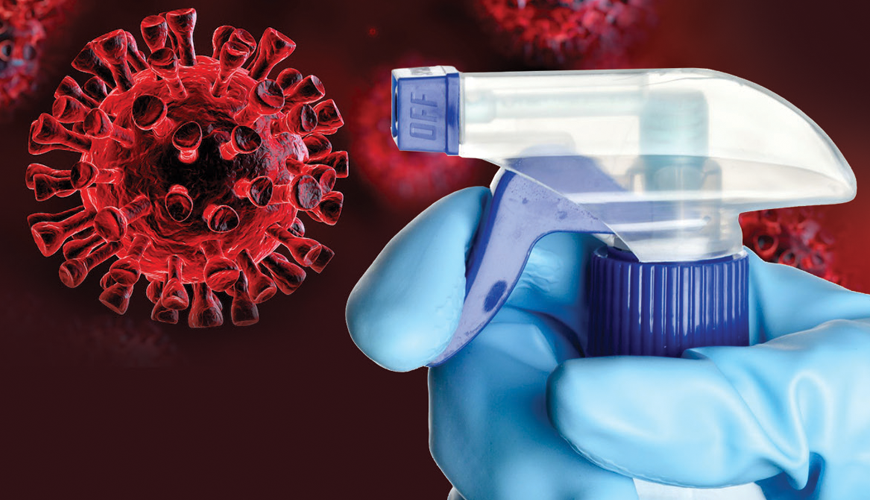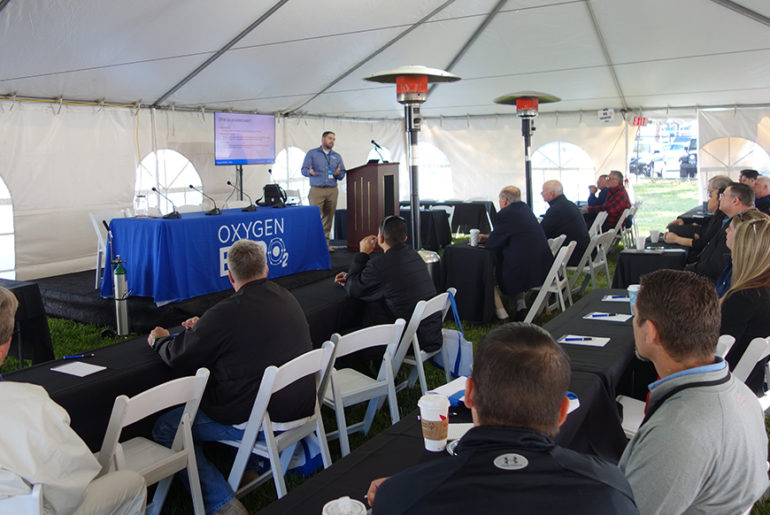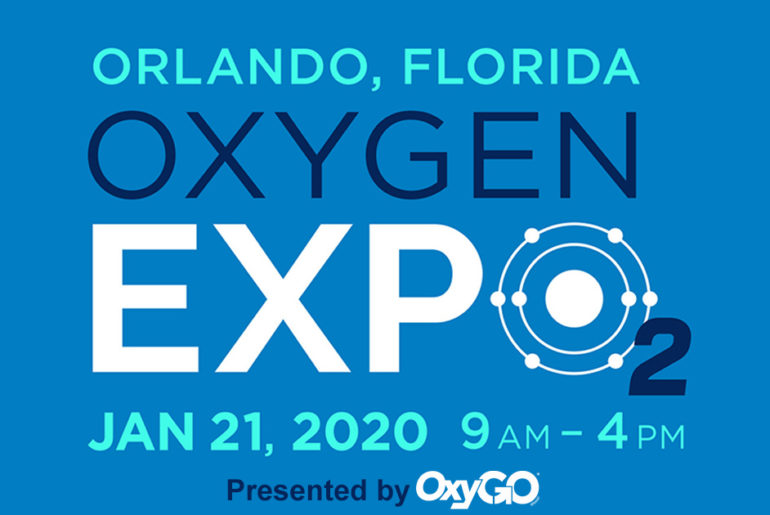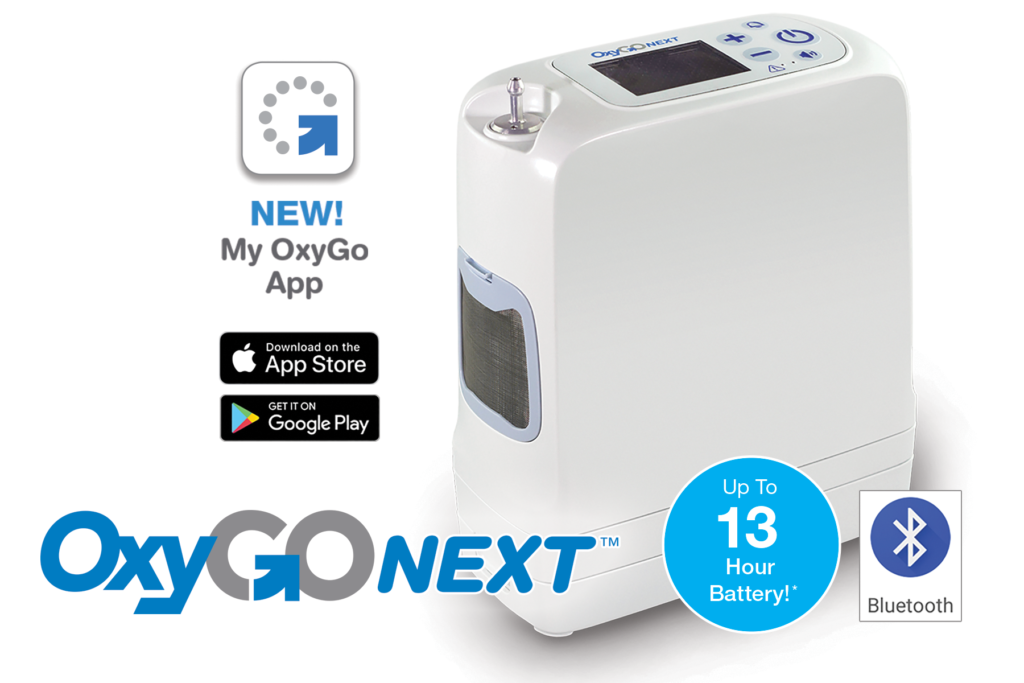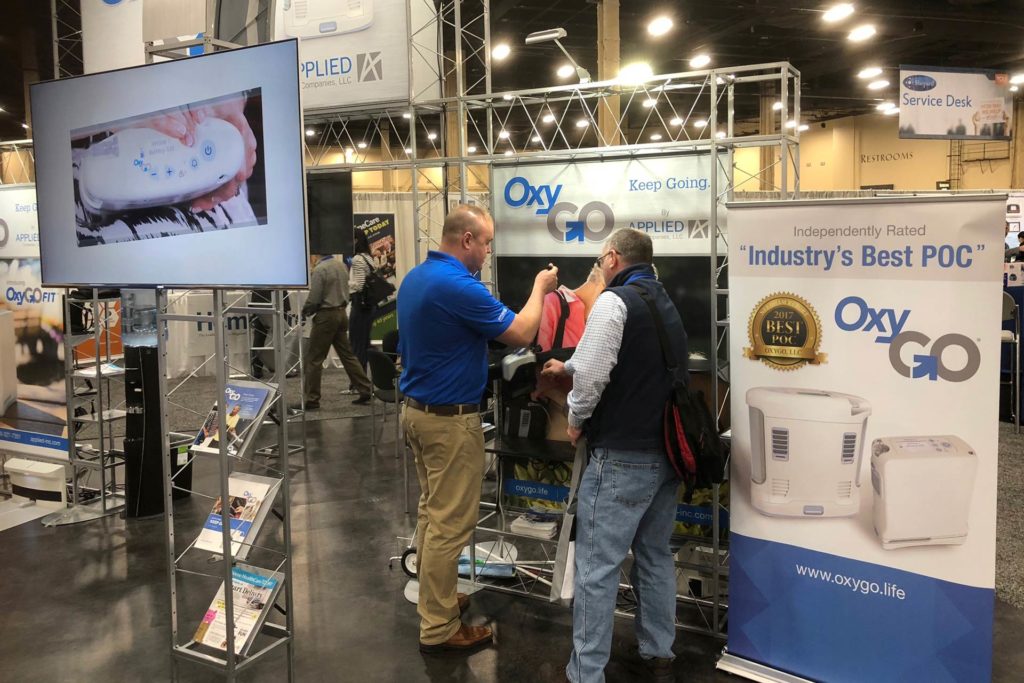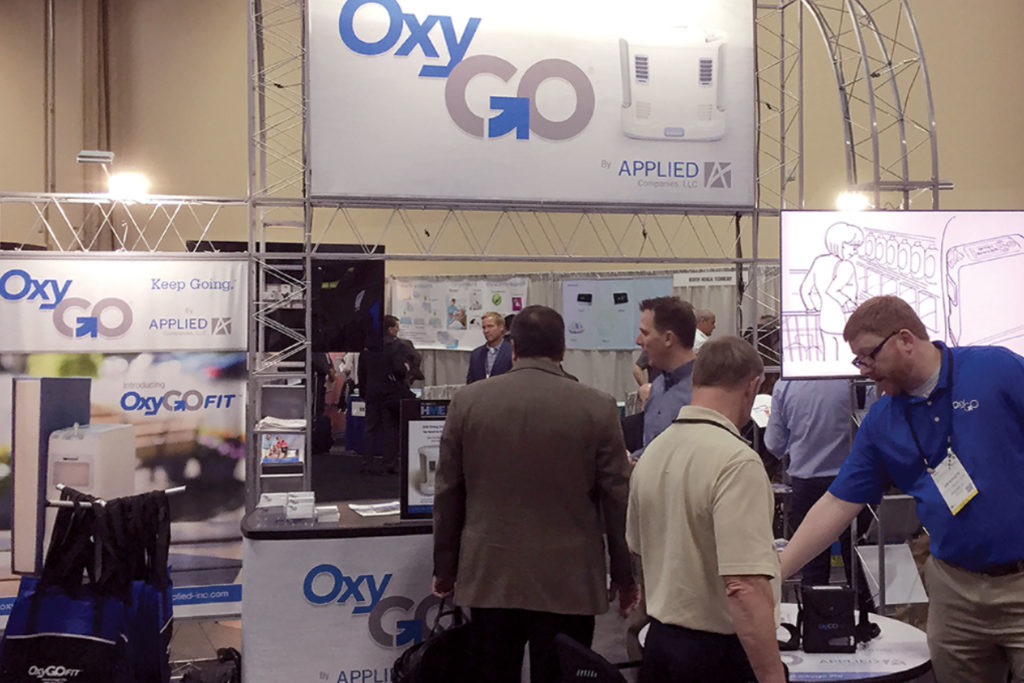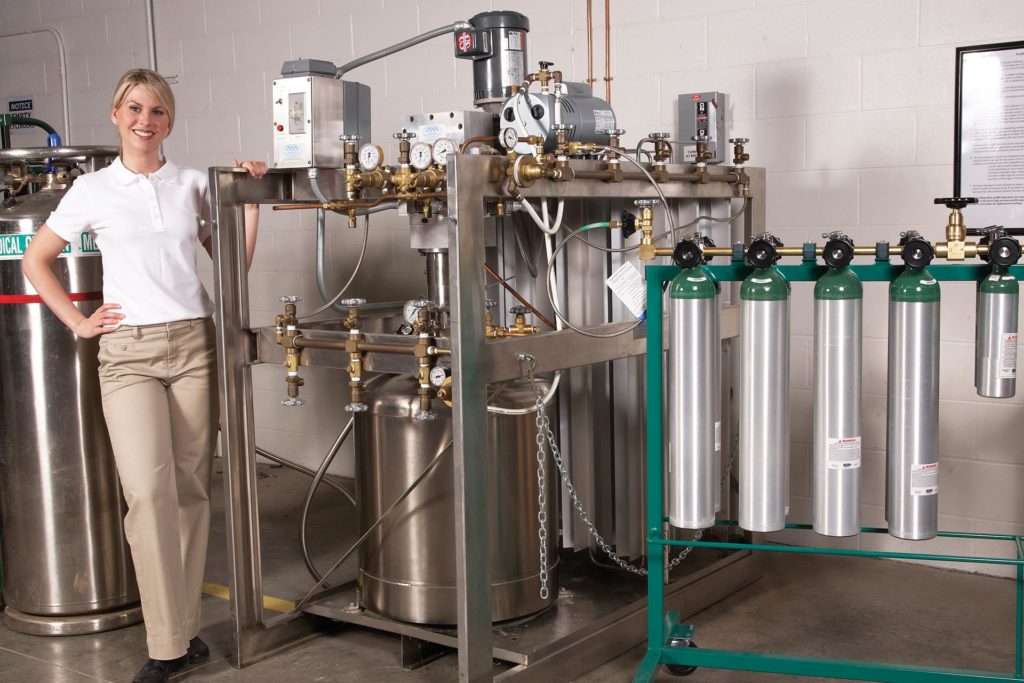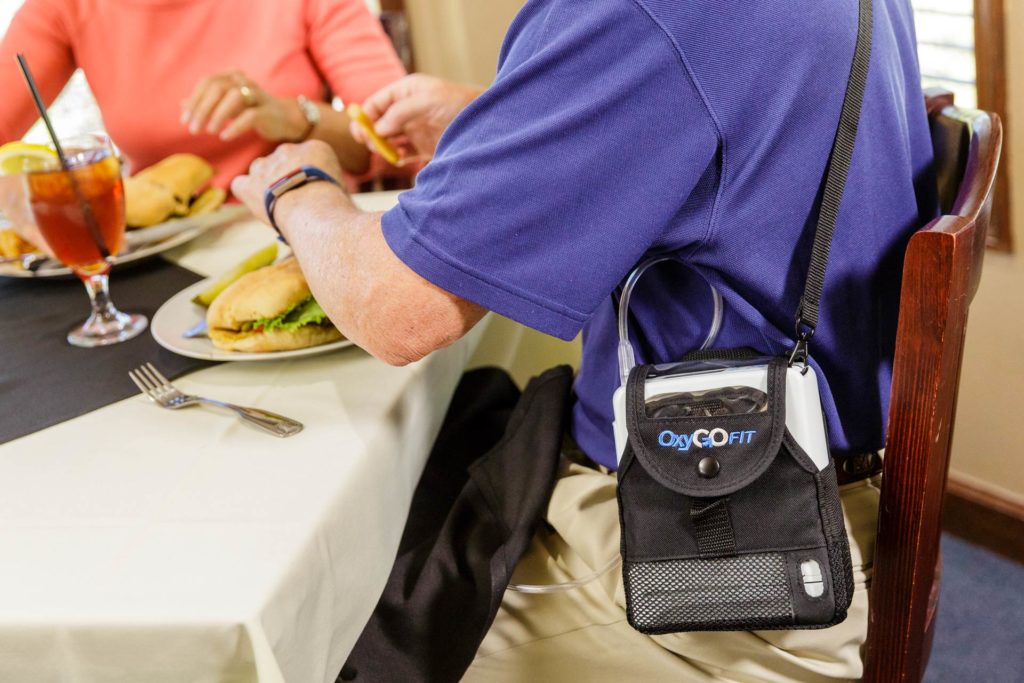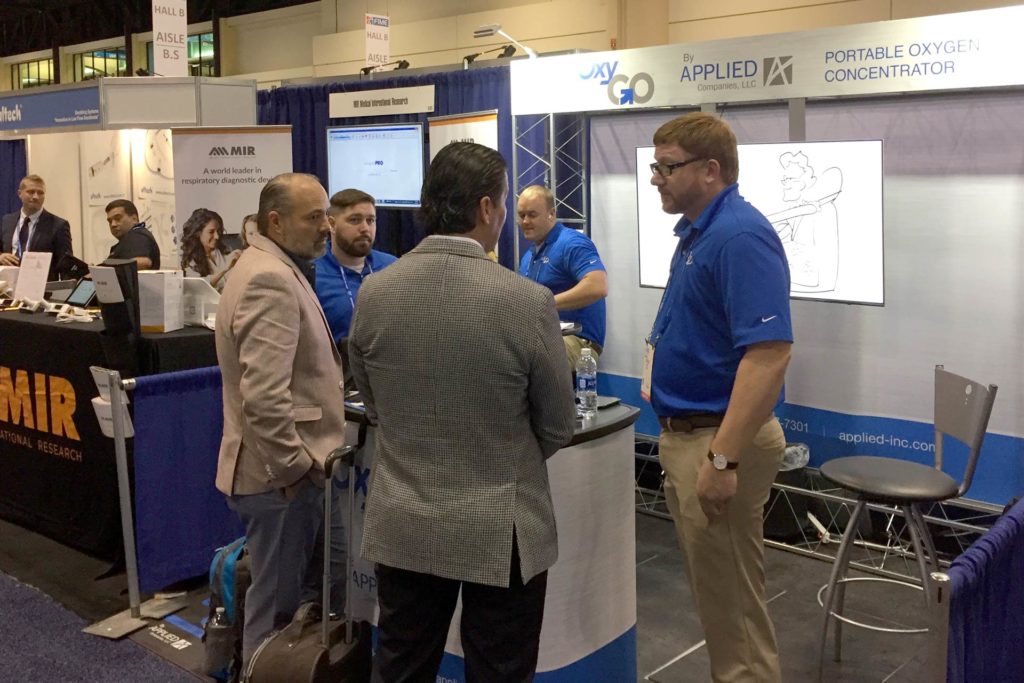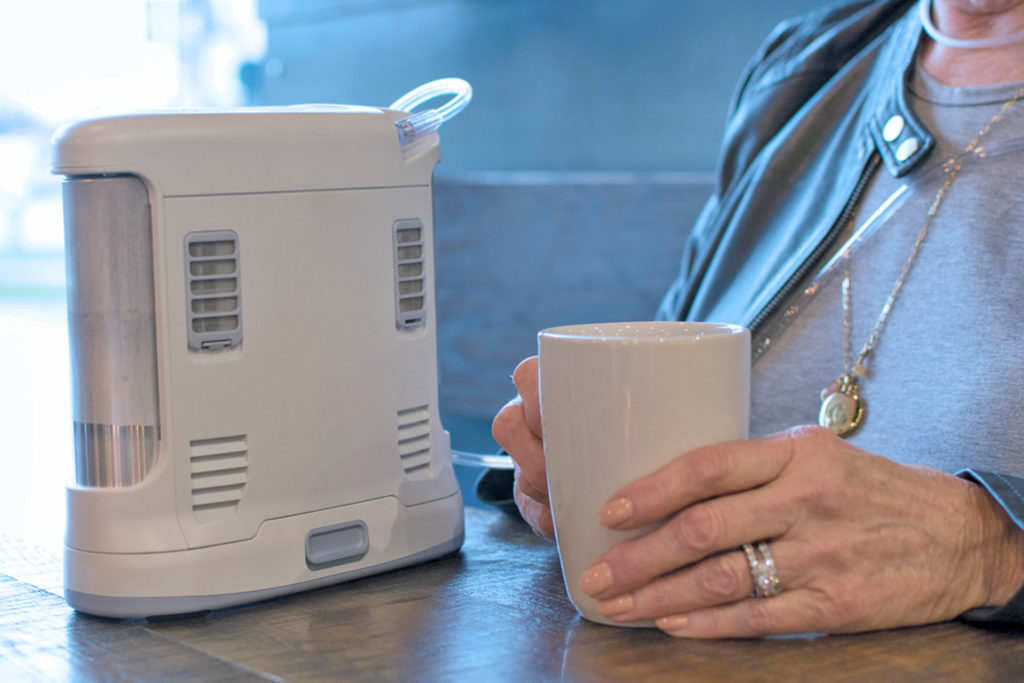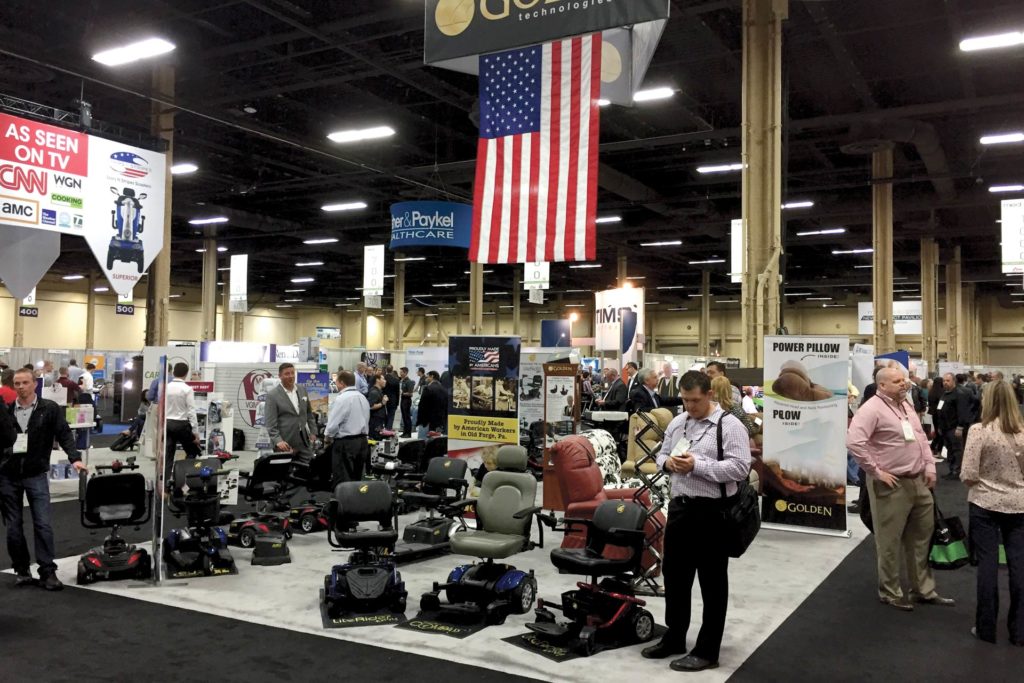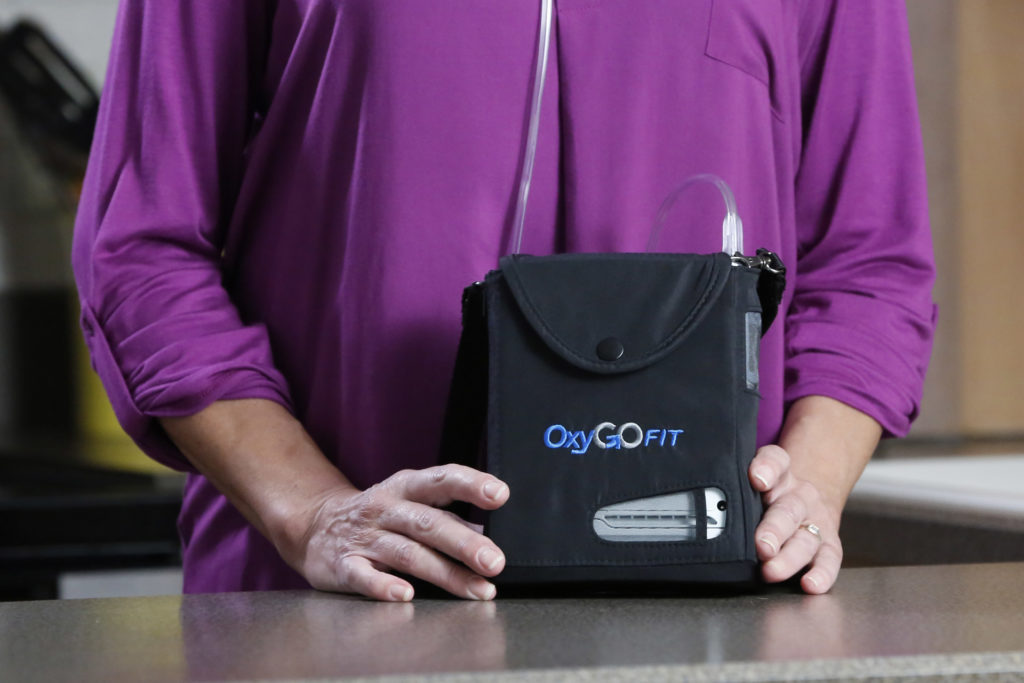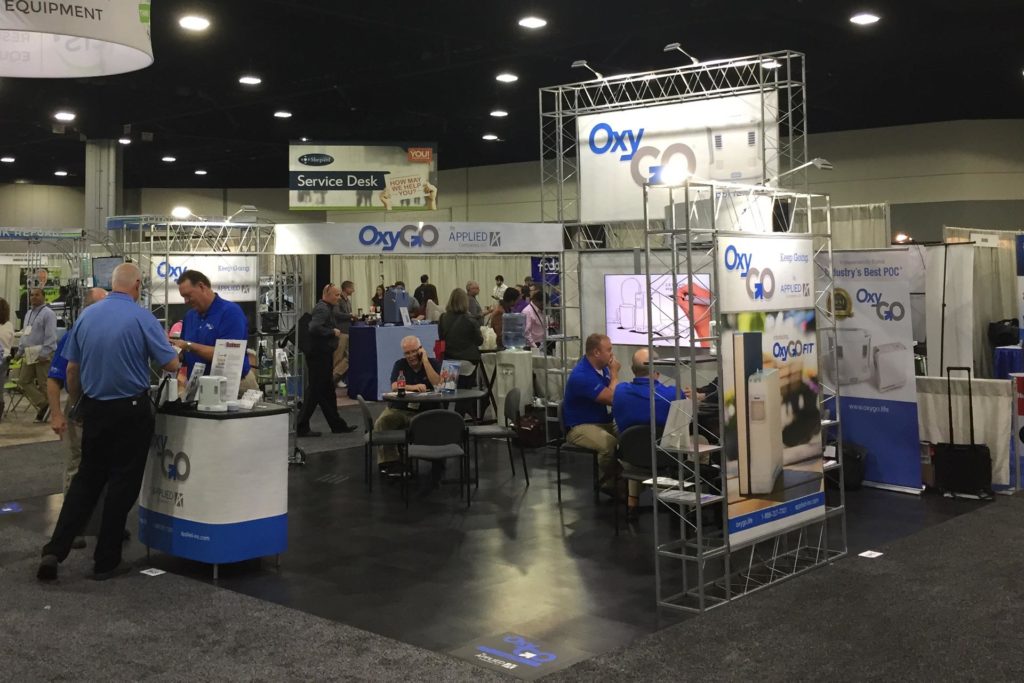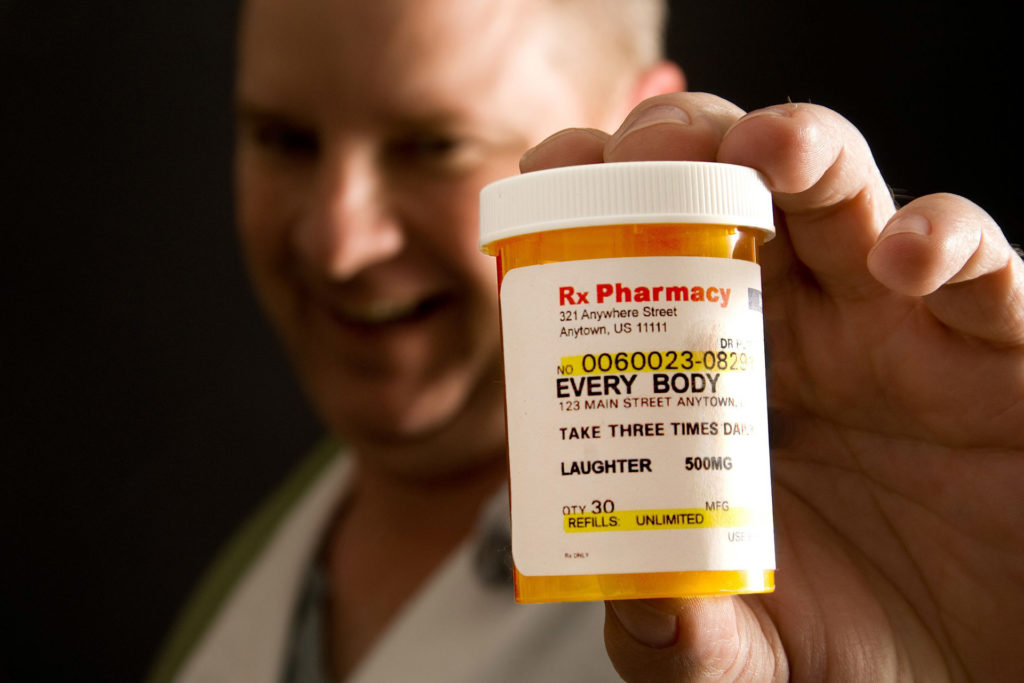Special Staff Report

As this issue of Home HealthCare TODAY went to press, the Food and Drug Administration called for comments on its first update since 2003 to the guidelines manufacturers and suppliers of medical gases have looked to for basic guidance on medical gas best manufacturing practices.
The new guidelines are important because the FDA can choose to enforce them as needed. This guidance is expected to reduce the regulatory compliance burden for the medical gas industry by providing clear, up-to-date, detailed recommendations regarding CGMP (Current Good Manufacturing Practices for Medical Gases) issues that have been the subject of industry questions.
The proposed guidelines can be viewed online at: https://goo.gl/Zsk5XL
Of particular importance for Home HealthCare TODAY readers is that with this document the FDA has clarified the difference between Air Separation Units, Original Manufacturers and Transfillers. The FDA also has finally said they will not hold the medical gas industry to some of the previous regulations that never made sense and were an economic burden to many—stock rotation rules and expiration dating, for example.
This FDA guidance supersedes the draft guidance for industry Current Good Manufacturing Practice for Medical Gases issued in May 2003. Here is a snapshot look at some of the highlights, edited for brevity and clarity.
'71'71 Changes in Quality Agreements with Suppliers
New items in the draft proposal include changes to quality agreements with suppliers. Specifically the new FDA guidance recommends that the quality unit’s procedures should call for written quality agreements with suppliers of goods and services that clearly describe the goods or services to be provided, quality specifications, and communication mechanisms between the contracting parties.
Written procedures should explain how manufacturers qualify and approve suppliers. Manufacturers should determine supplier qualifications to ensure that quality standards are met and that purchased gases, including feeder gases, have an accurate and complete certificate of analysis (COA).
If using a supplier’s COA, manufacturers must conduct at least one specific identity test and establish the reliability of the supplier’s analyses through appropriate validation of the supplier’s test results at appropriate intervals
Manufacturers should periodically verify the qualification of approved suppliers by conducting audits (on-site or remote), analyzing trends in the quality of received goods, testing, and evaluating the timeliness of supplier responses to complaints.
'71'71 Education and Record Keeping Mandates
New, and not included in the last guidance, is reference in the July 2017 update that all personnel, including those working on the manufacturing floor or driving to customer sites to distribute medical gas, must have the education, training, and experience necessary to perform their assigned functions.
The FDA recommends that CGMP training be provided annually and that manufacturers keep training records that include time and attendance entries. The FDA recommends that manufacturers retain training records and COA’s for at least 3 years.
'71'71 Container Use and Stock Rotation Modifications
The FDA does not intend to object if medical gas manufacturers do not comply with the previous containers and containers closure systems requirements for stock rotation and use of the oldest containers and container systems first.
'71'71 Easing of Gas Yield Calculation Requirements
The FDA does not intend to object if medical gas manufacturers do not comply with previous requirements for calculation of actual yield and percentages of the theoretical yield. Filling to a predetermined and acceptable temperature or pressure limit, along with finished product testing, is sufficient to determine that the medical gas or medical gas mixture in the container is the amount and type indicated by the label and required by the final product specifications.
'71'71 Separate Sticker OK
A separate sticker can be used for the container’s net content information.
'71'71 Expiration Dating Options
The FDA does not intend to object if manufacturers of designated medical gases do not comply with previous expiration dating requirements for certain gases referenced for stability testing. If a manufacturer labels a gas with an expiration date, it must be supported by stability studies.
'71'71 Key Definitions Modified
It’s notable that the FDA has separated out and clarified the difference between Air Separation Units, Original Manufacturers and Transfillers. Such a clarification keeps everyone on the same page and is good for the industry. Here are three of the most important definitions in the report.
- Air Separation Units (ASUs): ASUs separate atmospheric air into constituent gases of oxygen, nitrogen, and argon through a purification process of pre-cleaning, compression, cooling, and fractional distillation of liquefied air. ASUs are original manufacturers.
- Original Manufacturer: The original manufacturer of the medical gas is the person or entity that initially produces the gas by chemical reaction, physical separation, compression of atmospheric air, or other means. Original manufacturers include ASUs and chemical synthesizers or processors as well as transfillers who manufacture medical gas by mixing other gases.
- Transfillers: Transfillers manufacture medical gas by transferring the gas, either in a liquid or gaseous state, from a larger container into smaller containers. Manufacturers who combine different medical gases are considered both transfillers and original manufacturers.
RELATED POSTS
